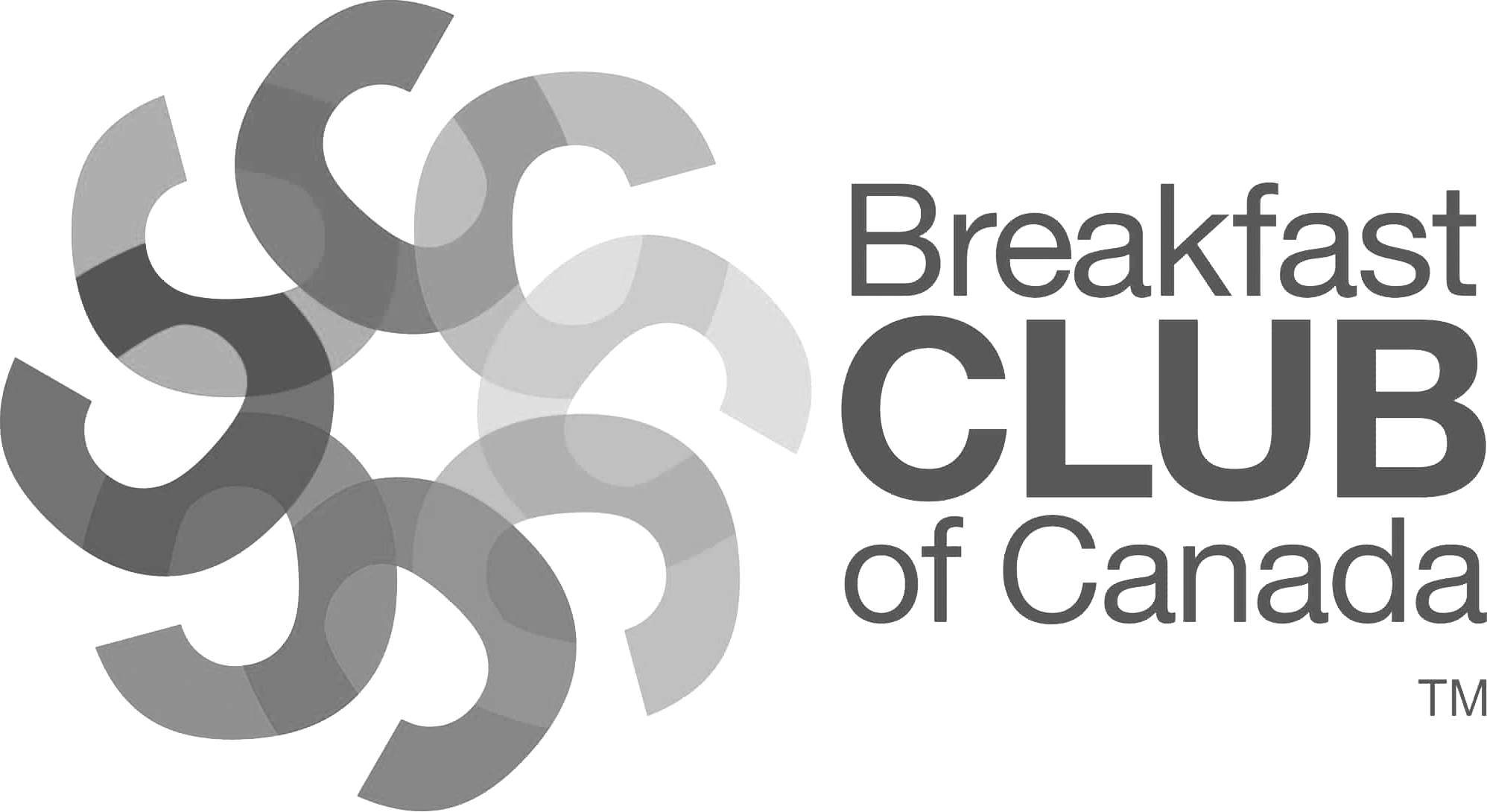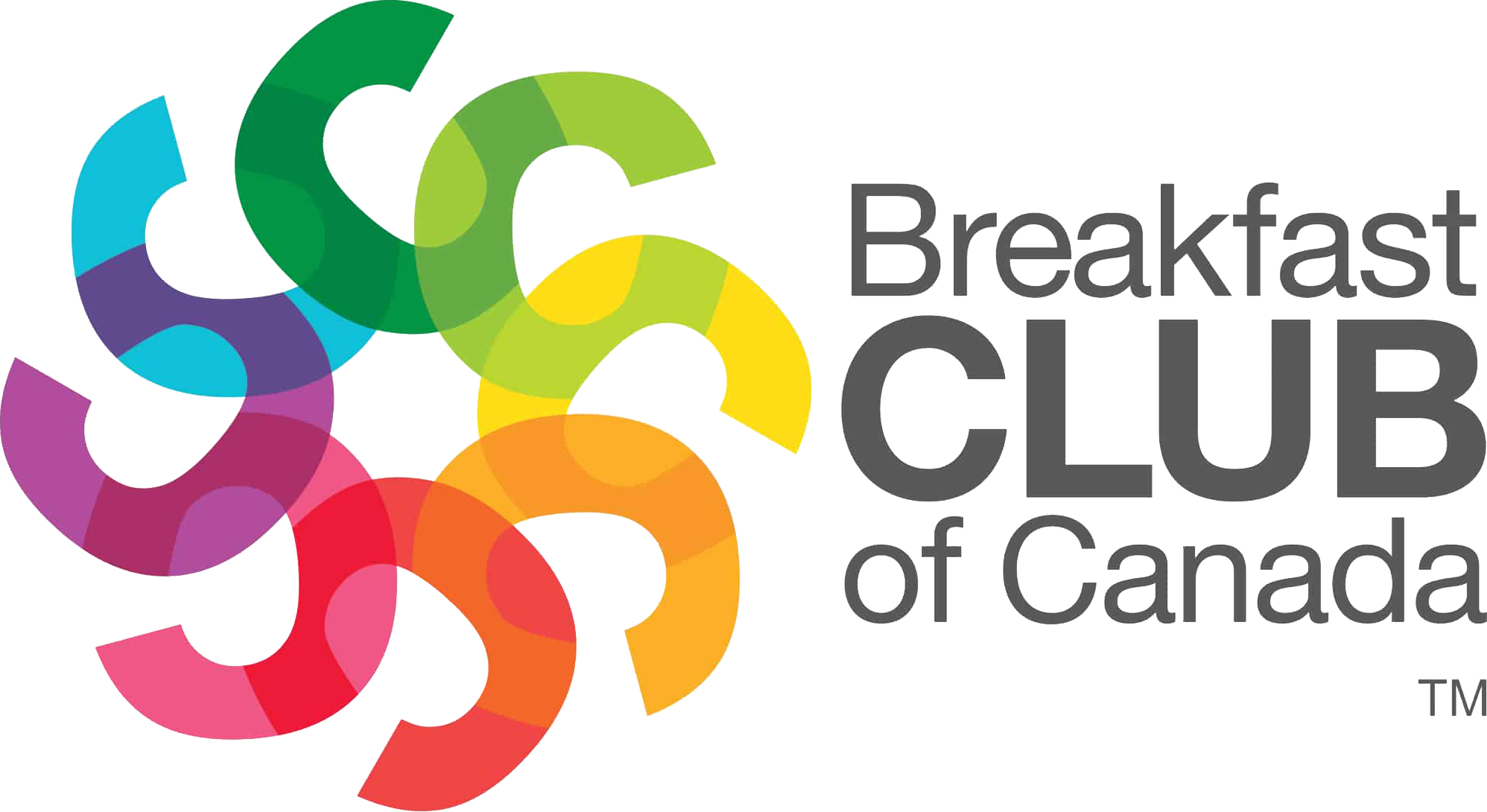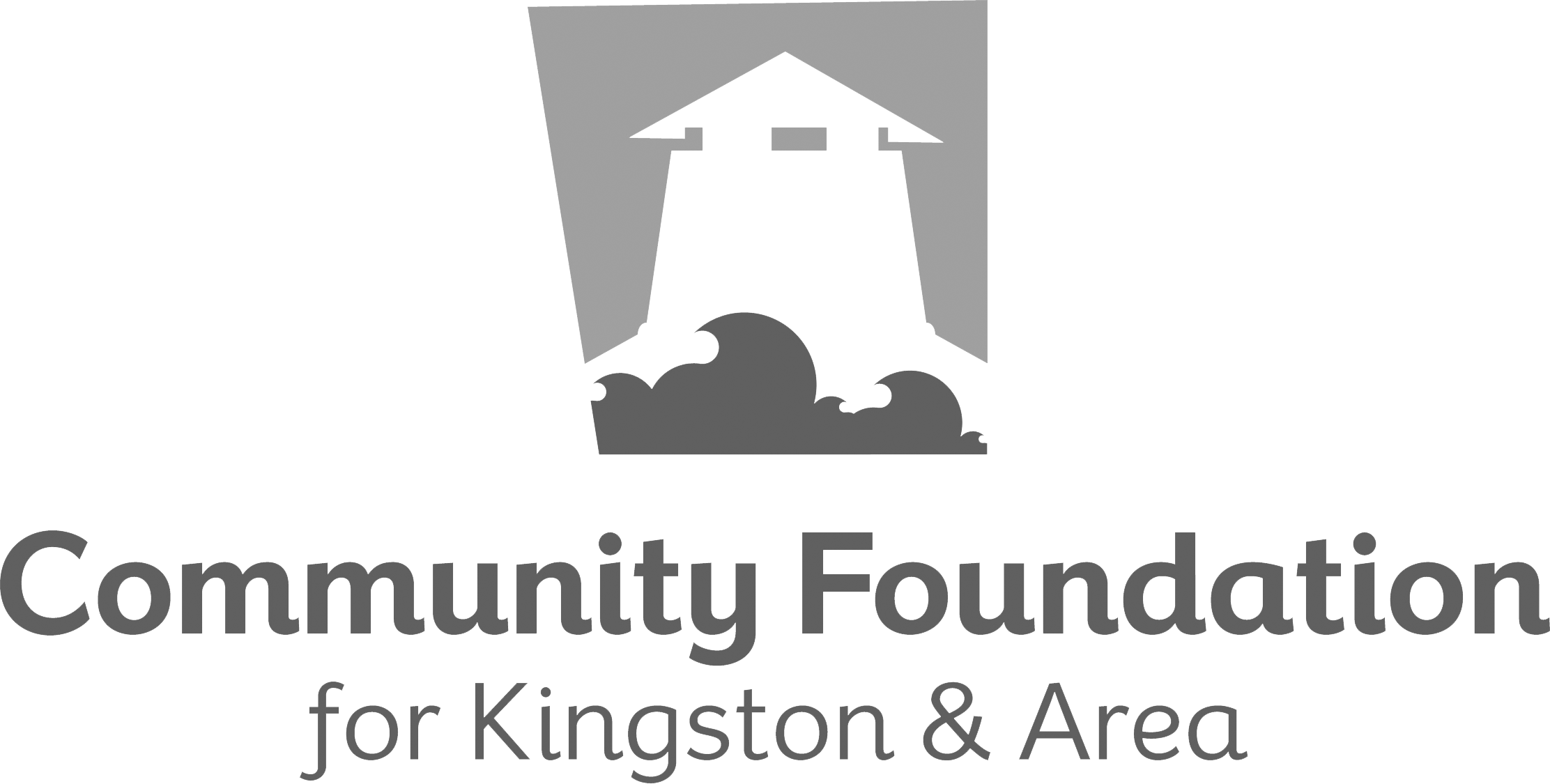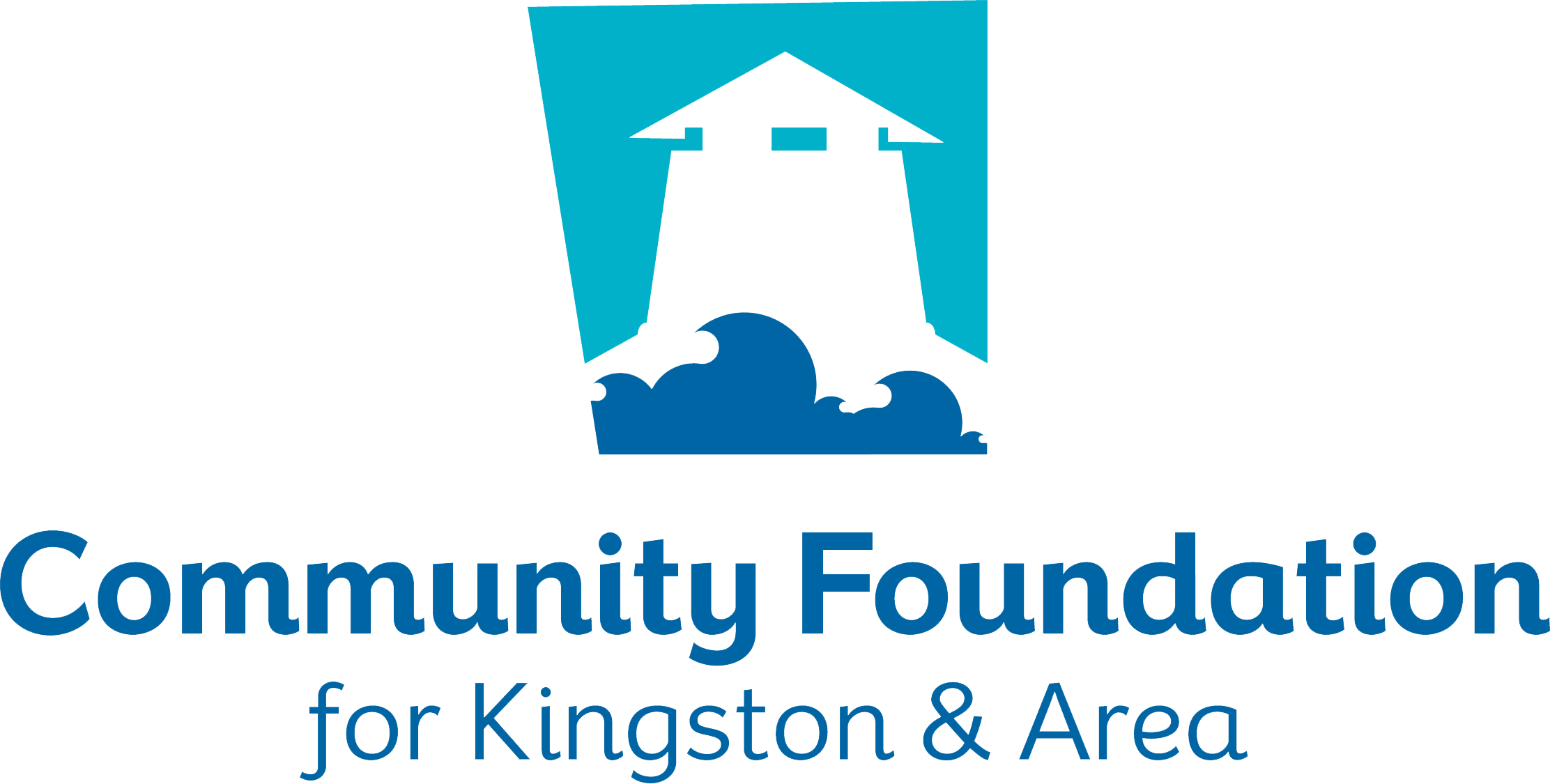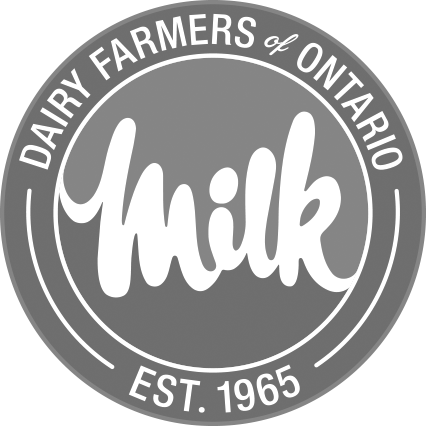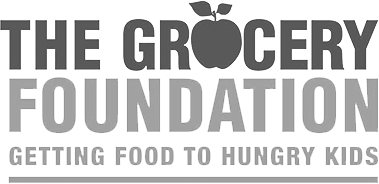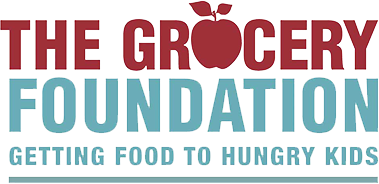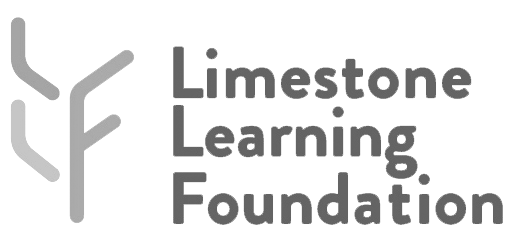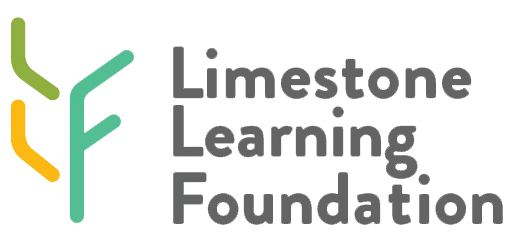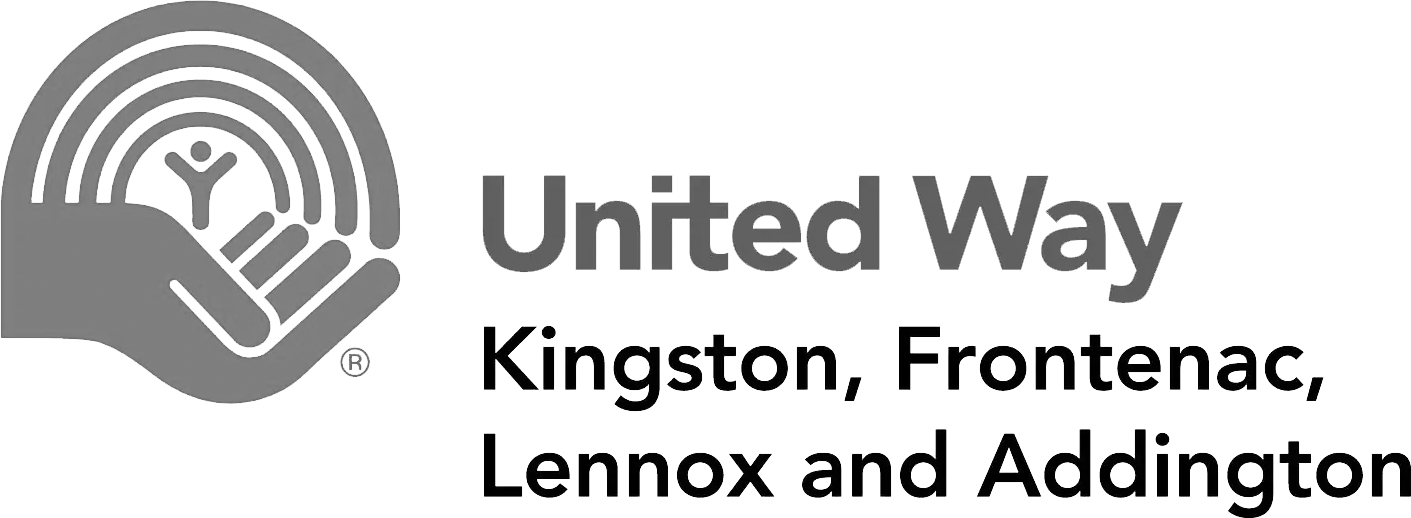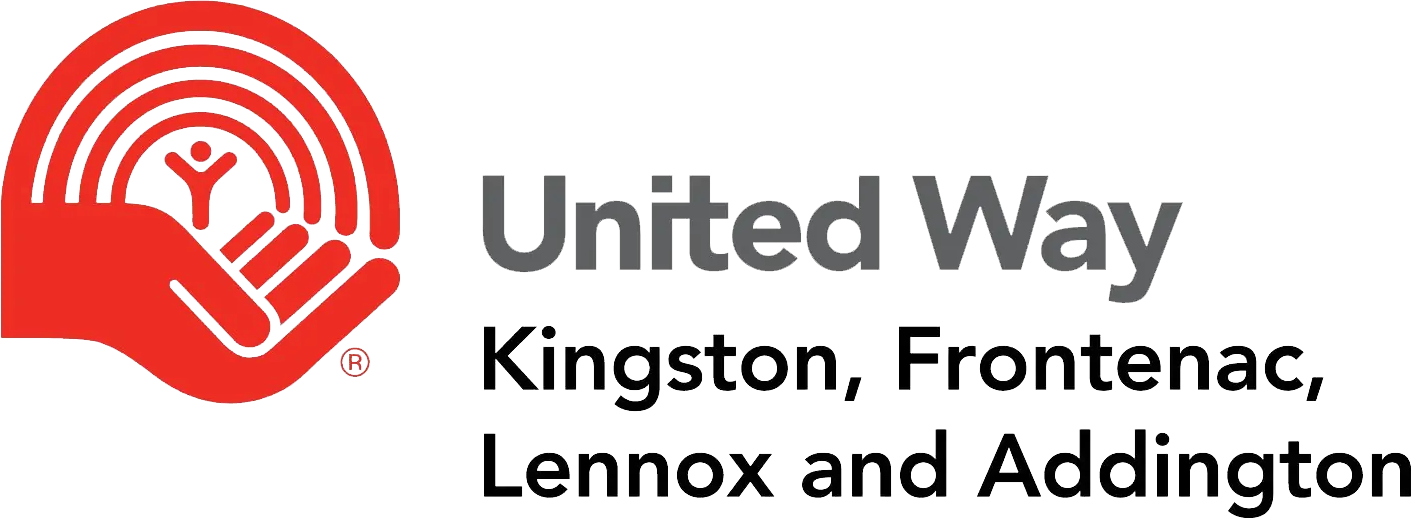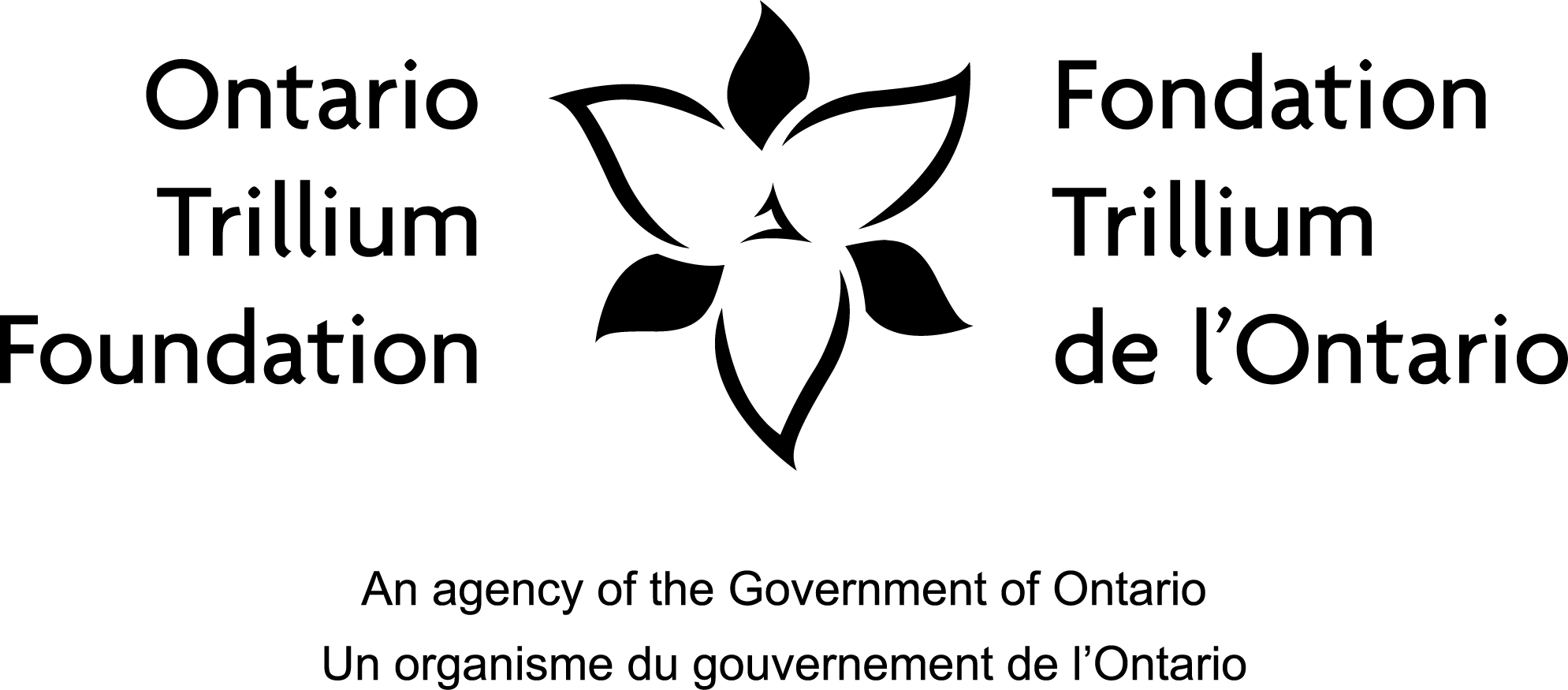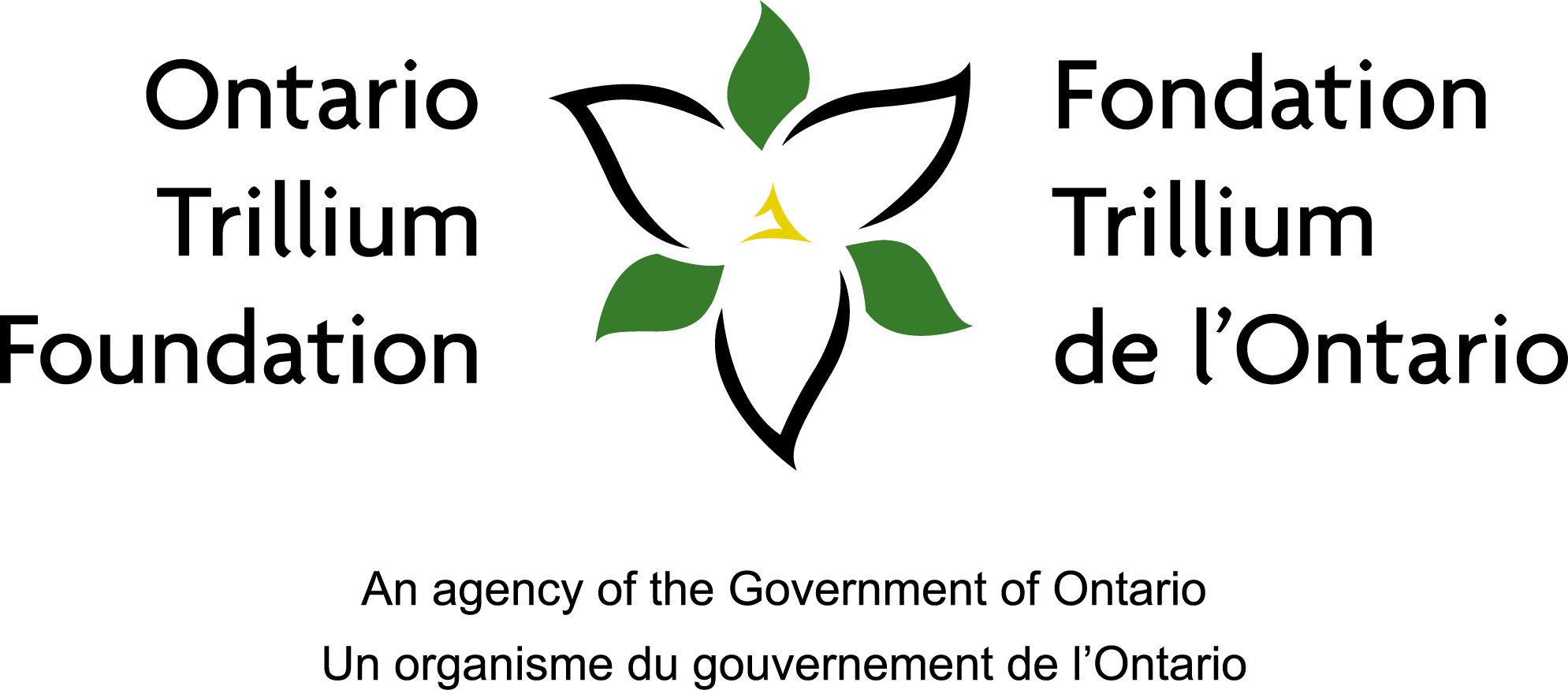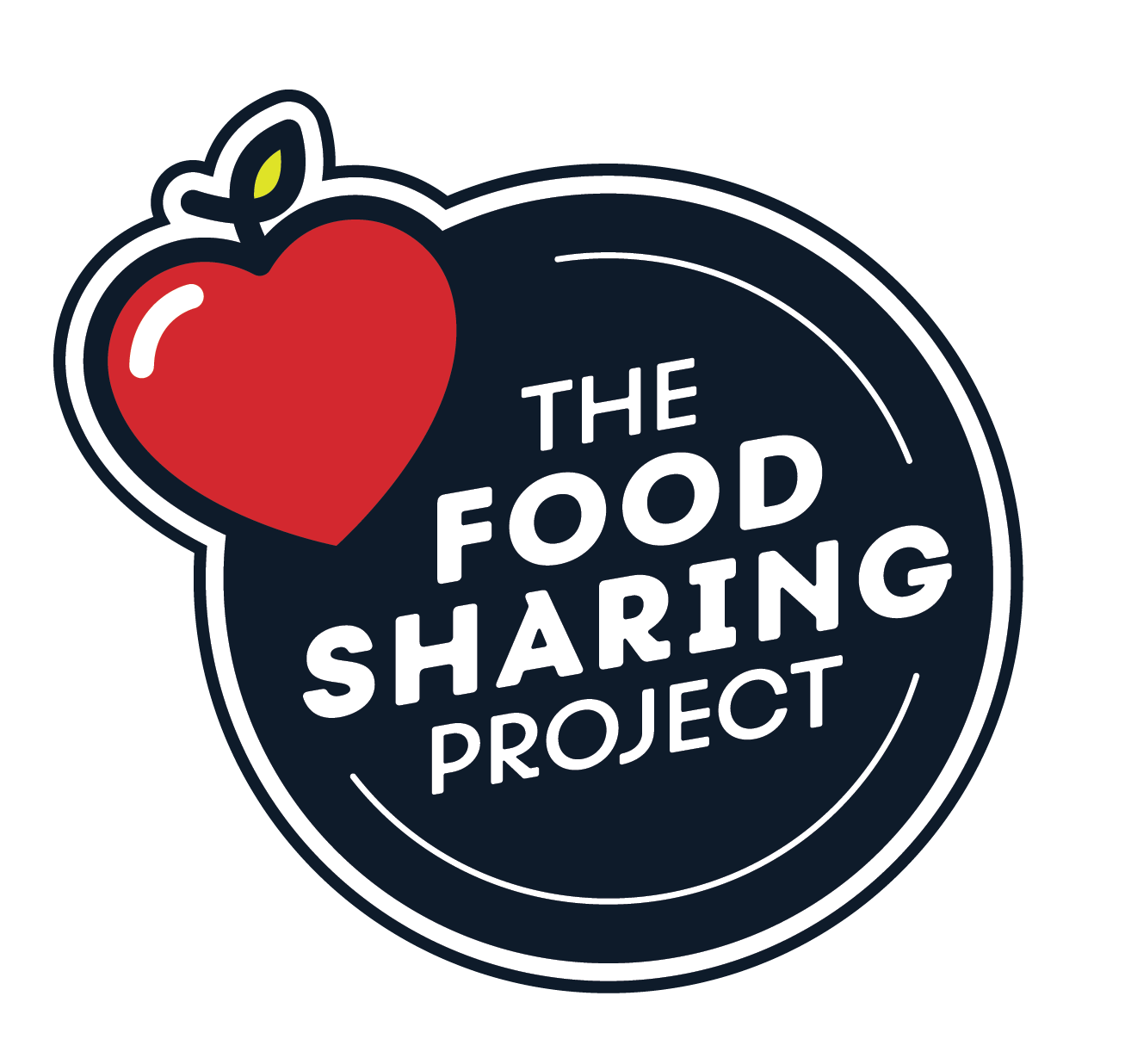
Designing a Nutrition Program
School coordinators of Student Nutrition Programs are the key to successfully getting healthy food to students. Here you will find everything you need to start and operate your program, with food provided by The Food Sharing Project.
Student Nutrition Program Guidelines
The Food Sharing Project is a charitable partner that provides healthy food to all publicly-funded schools in Kingston, Frontenac and Lennox & Addington, at no cost, and delivered to your school to be used in your Student Nutrition Program.
Simply put, students who are not hungry at school are more successful learners – they are more engaged at school, more focused on their tasks and have more positive social relationships. A Student Nutrition Program (SNP) at your school is a way to provide healthy food to students, so they are not hungry, and can take advantage of all that school has to offer.
- Must be accessible to all students regardless of economic or other need.
- Must be offered at no charge to any student.
- Must provide healthy food aligned with the Canada Food Guide, 2020.
- Must be provided in a safe and supportive atmosphere and led by caring adults.
- Must provide food in a manner that is safe (e.g. following Safe Food Handling protocols).
- Provides an online order form of food that meets Provincial nutrition guidelines.
- Provides the food at no charge to any eligible participating school.
- Delivers the food right to your school’s door, once a week.
- Will provide training and resources on ordering, reporting, nutrition guidelines, food safety, and meal planning.
- Must designate someone to be responsible for the Student Nutrition Program at your school – can be a teacher, EA, administrator, staff or parent volunteer.
- Must register annually, providing details of your program, and agreeing to the SNP guidelines.
- Must order food weekly using the online order form, between Friday and Monday each week for delivery the following week (Deadline is each Monday at Midnight – even when Monday is a school holiday).
- Must track the number of meals served daily, and complete an online report monthly of number of meals served, number of volunteers/ volunteer hours, and a few other items).
- Must not use any Student Nutrition Program food for any other purpose other than free, accessible student snacks and meals – DO NOT use SNP food for culinary, academic, or life skills classes, or for weekly school luncheons or fundraisers.
- All schools will register their Student Nutrition Program annually in September, online through the WebTracker application, which includes updating contact information, and provides information about your program delivery model and estimated forecast numbers of meals served.
- The registration outlines your responsibilities as a partner in the Student Nutrition Program, and you must agree to the Terms outlined. Please review it carefully.
- Follow any guidelines provided by your school or board, in terms of whether you are able to prepare food, or must provide pre-packaged food. Our current advice is to ensure that any prepared food is done by a qualified adult and is placed in individual servings (e.g. sandwich bags) or is served by a qualified adult in a non-contact manner (e.g. using tongs)
- Student Nutrition programs are generally delivered in one of these models:
- Bin program – bins and coolers filled and placed in classrooms.
- Grab and Go – bins and coolers placed in a central area accessible to all students.
- Grab and Go delivery – trolley delivery of central bins to classrooms.
- Sit down meals – full meal programs where students eat prepared food.
- All programs should offer food from two to three food groups to each participating student, as reflected in the Canada Food Guide, 2020 and new Provincial Nutrition Guidelines.
- Training and resources are available.
- Food must be stored appropriately (off the floor, refrigerated, etc.).
- Hand washing and sanitizing must be done prior to handling food.
- All non-disposable dishes, serving utensils, cookware, bins, coolers, etc. must be properly washed and sanitized using the prescribed method.
- Perishable food must only be out of cold storage for a maximum of 2 hours. Any unused food must be returned to a fridge within this time.
- At least one person in your school must have Safe Food Handler certification
- Training and resources are available.
- The Food Sharing project can provide equipment for your SNP, including bins, coolers, icepacks, thermometers, serving tongs, cookware, toaster ovens, griddles and fridges. Contact us if you need equipment for your Student Nutrition Program.
- Order food using our online ordering system through the Webtracker portal.
- All food must be ordered by Monday at midnight for delivery the following week…even if Monday is a school holiday. Food can be ordered from Friday to Monday.
- All food on the order form meets Provincial nutrition guidelines that align with the Canada Food Guide, 2020.
- When placing your order please remember that each meal must have food from two to three food groups so order accordingly.
- Note that some food items are pre-packaged in individual servings, and some are bulk items that need to be prepared. Also carefully note the quantity and unit size.
IMPORTANT: ONLY ORDER WHAT FOOD YOU NEED FOR ONE WEEK – DO NOT STOCK UP
Do not order larger quantities on an irregular basis, e.g. once a month.
Order each and every week.
- Weekly ordering guarantees the best price, the freshest food, and maintains equal food volume in our warehouse from week to week. We simply do not have the physical capacity in our warehouse, commercial cooler, or delivery vans to fill large, irregular orders.
- Students who have opted for virtual learning are not able to take advantage of food available at the in-school Student Nutrition Program. We have an option for them:
- Schools may refer families of virtual learners who they feel would benefit from additional food support to The Food Sharing Project to receive a monthly grocery store gift card and/or food vouchers.
- Food will be packed by trained volunteers and staff.
- Delivery drivers will exercise COVID protocols, including wearing a mask while handling food and making deliveries; Drivers will not enter any portion of the school building; Drivers will drop boxes of food off at a designated outdoor site at the school (typically outside the main entrance), and will use the external school buzzer/ intercom to notify that they are have dropped it off (or they will phone the school office).
- Schools will receive their food delivery at generally the same day and time every week.
- Schools will be expected to leave empty banana boxes and milk crates for pick up and re-use by the delivery drivers.
- A delivery schedule is available on our website (subject to change).
- Daily: schools will track the number of meals provided/ served. A template can be provided or you can use any method of your own.
- Monthly: the SNP Coordinator is required to complete a simple online report of the total number of meals served, and other financial and volunteer information.
- Note: It is important to understand the definitions of “snacks” and “meals”
- 1 Snack = 2 food group items together (e.g. a milk and an apple)
- 1 Meal = 3 food group items together (e.g. a banana, a yogurt cup, and a muffin)
IMPORTANT: MONTHLY REPORTING MUST BE DONE BY THE 7TH OF THE FOLLOWING MONTH
- Completing the monthly report accurately and timely is absolutely critical to maintaining continued funding to support this program, and to get food to your students. Add this important task to your monthly calendar, and make sure you understand the report questions and definitions. If you are unsure, please ask – we are happy to provide training.
- Please advise The Food Sharing Project immediately if the Student Nutrition Program Coordinator changes, to ensure the new coordinator is kept up to date.
- SNP Coordinators should expect to receive one email per week, generally Friday morning, with ordering deadline reminders, updates, training, nutrition info, and more. It is important for SNP Coordinators to review this weekly email.
- The Food Sharing Project website will host a number of SNP resources and tools for SNP Coordinators to refer to and use to support their program. The weekly email will alert Coordinators of updates to the web-based resources.
- One-on-one and group training is available and strongly recommended.
Download and review the Student Nutrition Program Guidelines for the 2021-2022 school year. Please review carefully, and sign up for additional training.
Food Products Available
Review the Food Items Available PDF below to consider the items and quantities you wish to order. Develop your weekly menu based on the food available. Note that the food available for 2021-2022 includes a blend of “pre-COVID” bulk food which can be cut, sliced, cooked, shared and otherwise prepared, as well as pre-packaged, individually portioned food. Please check with your school administration to confirm which foods you are able to serve. Contact us for more information.
School Resources
- Student Nutrition Programs
- Resources and Links
- Training
QUESTIONS ABOUT MEAL PLANNING OR NUTRITION?
Jessica Hrgetic, RD, MPH
Registered Dietitian, School Health Team
KFL&A Public Health
More Resources
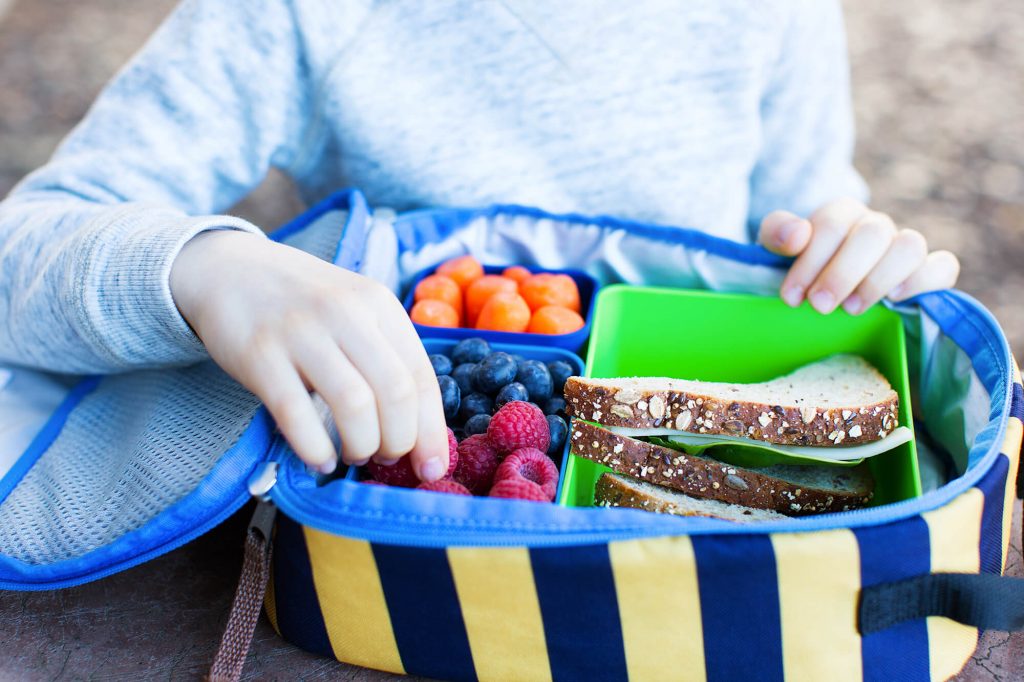
Training Resources & links
Once your school representative has completed training with staff from The Food Sharing Project, you will be able to access resources and links on this page to support your Student Nutrition Program.
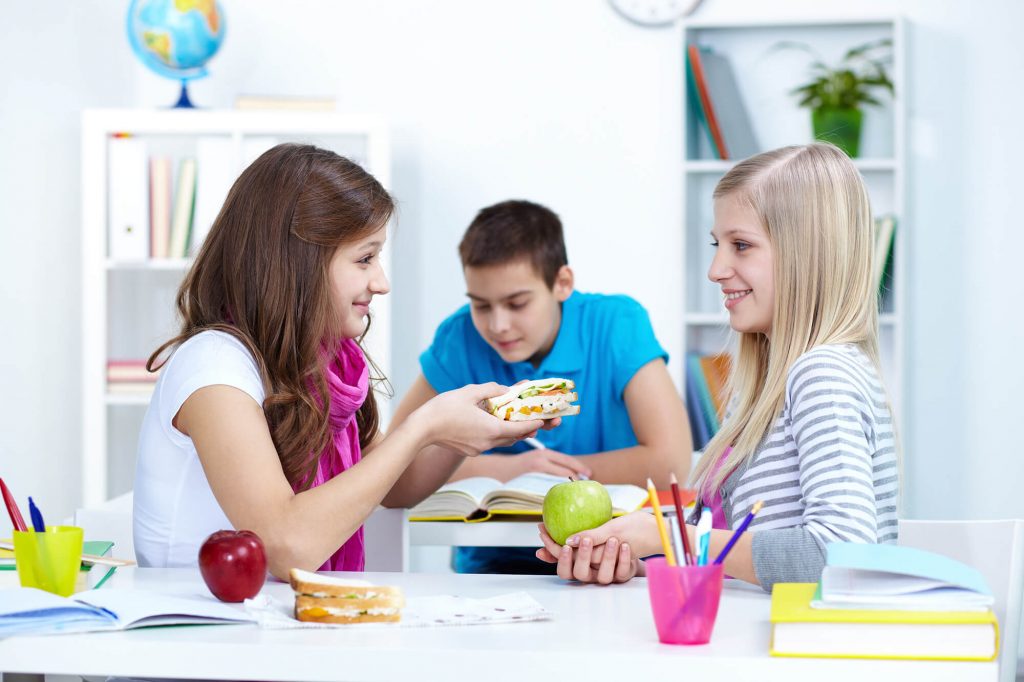
Delivery Schedules & Routes
Check out the delivery routes for the 2021-2022 school year. Make note of your school’s delivery day and time, and when you will need to leave your empty boxes and milk crates to be returned.
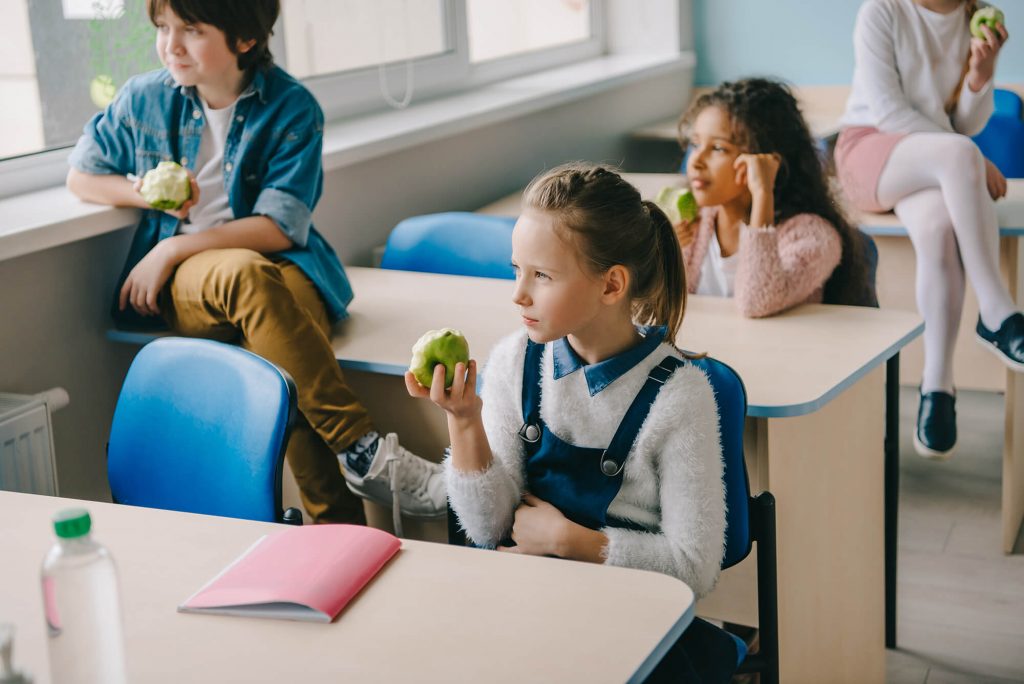
Nutrition & Food Safety
The Ontario Student Nutrition Program released new Nutrition Guidelines in August 2020 to align with the Canada Food Guide, 2019. To help you to determine the type of food service you can offer for your program, KFL&A Public Health has created this resource to guide your choice.
How You Can Help
Thank you, from the bottoms of our bellies.
– JG Simcoe PS Kindergarten studentsWow, look at this food. They really care about us.
– A secondary school student overheard by a teacherHonestly, having the grab and go station in the school just helps me make it to class.
– Secondary school studentI don’t know why, but math is easier after I have something to eat.
– Elementary studentI saw the student putting a few extra cartons of milk in his backpack, so I gently asked why, and he said he was taking it for his siblings because, "school is the only place we can get fresh milk."
– Secondary school teacher“Just a note to say thank you and your helpers for all you have done for myself and my family. You don’t have to do anymore I think we will be okay for now.”
– written in a thank you card from a family who was receiving additional food support at home during the COVID-19 pandemic
